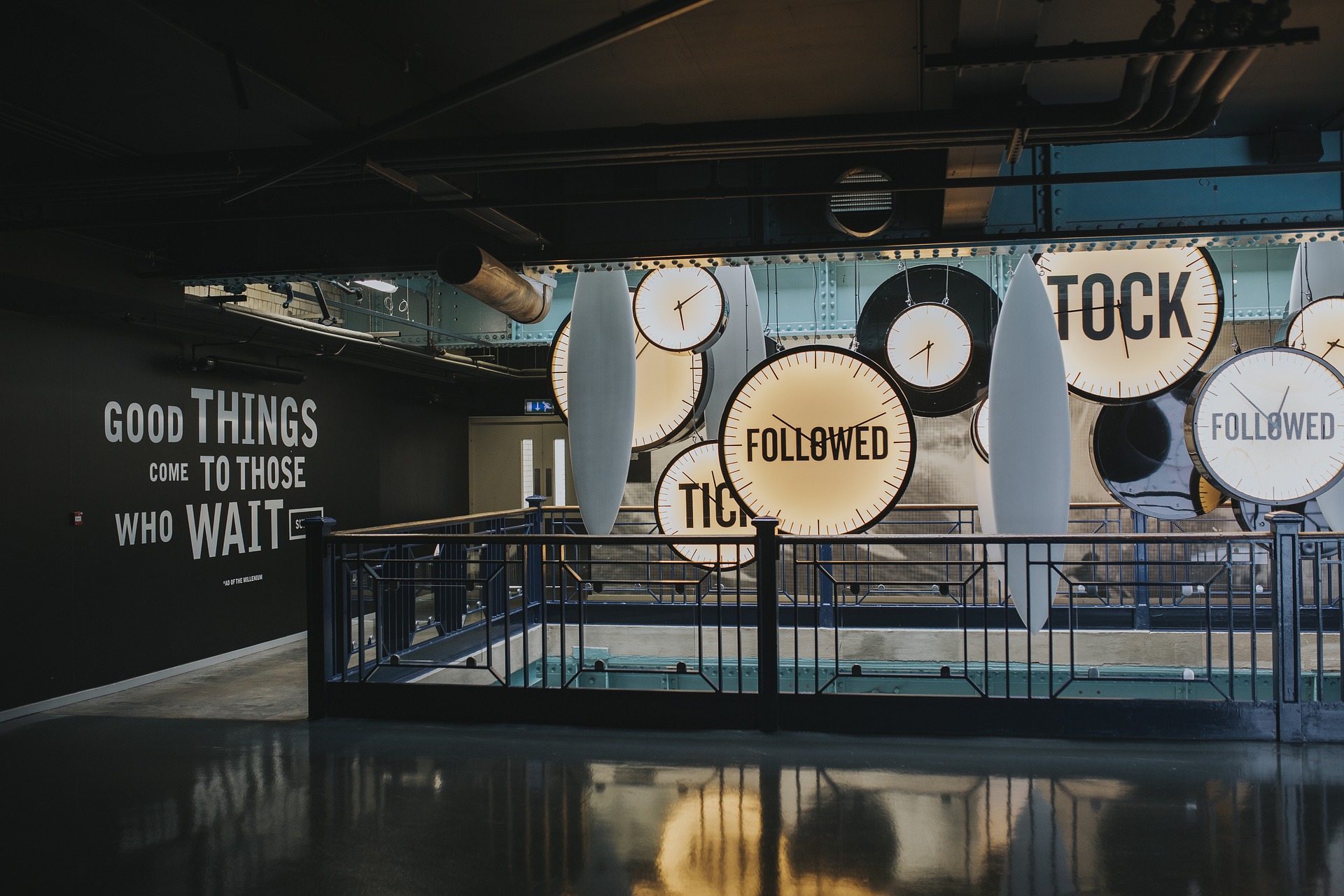Leveraging Seasonal Cycles and Time Pressure for Consumer Profitability
Why do sales spike during certain times of the year? It’s not by accident. Strategic marketers know that seasonality and time-sensitive messaging can dramatically amplify consumer demand. By understanding and leveraging natural cycles and psychological urgency, businesses can create profitable campaigns that convert interest into revenue.

The psychology behind seasonal buying behavior
Seasons influence consumer habits more than most realize. From winter holidays to summer vacations, buying behavior is closely tied to annual rhythms. These patterns are deeply ingrained in cultural practices, weather shifts, school calendars, and lifestyle needs.
Marketers who tap into these seasonal cues do more than just promote products—they align their offerings with consumer mindsets. For example, back-to-school campaigns in August play on parental responsibility, while New Year promotions capitalize on self-improvement goals. Each season offers a natural emotional hook.
Beyond physical seasons, there are “consumer seasons” like tax return season, wedding season, and spring cleaning. Brands that understand these cycles tailor product launches, ad copy, and promotions to meet customers in their moment of need.
Time pressure as a conversion trigger
Urgency is a powerful driver of consumer behavior. Limited-time offers, countdown timers, and seasonal exclusivity tap into fear of missing out (FOMO), prompting quicker purchase decisions. This time pressure is often artificially created—but when executed authentically, it boosts conversion rates significantly.
Scarcity-based promotions work especially well when paired with holidays or seasonal deadlines. Think Cyber Monday deals, Valentine’s Day exclusives, or end-of-summer clearance events. The ticking clock pushes consumers to act fast, often overriding hesitation.
However, overuse can lead to fatigue or distrust. The key is to ensure that urgency feels legitimate. Brands that build trust over time can deploy time-based promotions more effectively without triggering consumer skepticism.
Aligning product cycles with seasonal demand
Successful brands plan their inventory, logistics, and product development around seasonal trends. A fashion retailer releasing a swimwear line in January may seem premature—but for resort travelers and early planners, it’s right on time. Seasonal alignment isn’t just about reacting—it’s about anticipating.
Many industries have adopted seasonal calendars not only for sales but also for innovation. Tech companies often unveil flagship devices in the fall, knowing that Q4 drives holiday purchases. Similarly, fitness brands ramp up product launches and content in January to match resolution-driven demand.
Forecasting and analytics play a key role here. Historical sales data, weather trends, and regional behavior patterns help businesses determine the best timing for launches, restocks, and promotional bursts.
Marketing strategies that win each season
Effective seasonal marketing requires more than themed visuals. Campaigns must resonate with current sentiment and offer real value. Brands often deploy multi-channel strategies—mixing email, social media, paid ads, and in-store promotions—to build momentum over time.
For example, a cosmetics brand might start teasing a limited-edition holiday collection in October, build anticipation with influencer reviews in November, and release the product in December with a 72-hour early access window. The result? Scarcity, excitement, and timed engagement.
Storytelling also plays a major role. Brands that craft narratives around seasonal change—like renewal in spring or coziness in winter—connect emotionally with consumers. This emotional anchor makes marketing messages more memorable and actionable.
The financial upside of seasonal and time-sensitive marketing
When done correctly, seasonal and urgency-driven marketing yields high ROI. It creates predictable peaks in cash flow, clears aging inventory, and drives engagement across customer segments. Brands can even leverage it to introduce new customers to their ecosystem through timed bundles or trial offers.
Some businesses build entire models around seasonality. Think Halloween retailers, summer camps, or year-end planners. For others, it’s a key lever within a broader annual strategy. The ability to time and scale marketing to meet seasonal demand can make or break annual profitability.
Analytics helps optimize results. Tracking open rates, conversions, and sales lift during seasonal campaigns provides insights that inform future strategies. This data-first approach ensures each year’s playbook gets smarter, sharper, and more profitable.
Strategic insights for seasonal and time-pressured marketing
- Use historical sales data to forecast peak buying windows
- Tailor messaging to reflect seasonal emotions and needs
- Apply authentic urgency with countdowns, exclusives, or limited stock
- Plan inventory and logistics around consumer buying cycles
- Leverage storytelling to deepen seasonal engagement
Seasonal and time-sensitive marketing isn’t just a promotional tool—it’s a strategic advantage. By aligning campaigns with emotional cues and natural buying rhythms, businesses can build stronger customer relationships and boost profitability year-round. When urgency meets relevance, consumer attention turns into long-term value.




